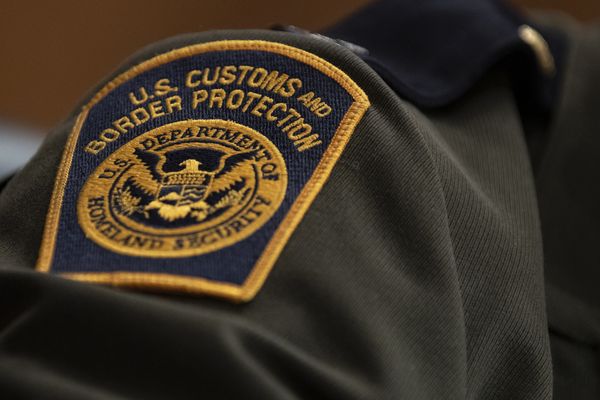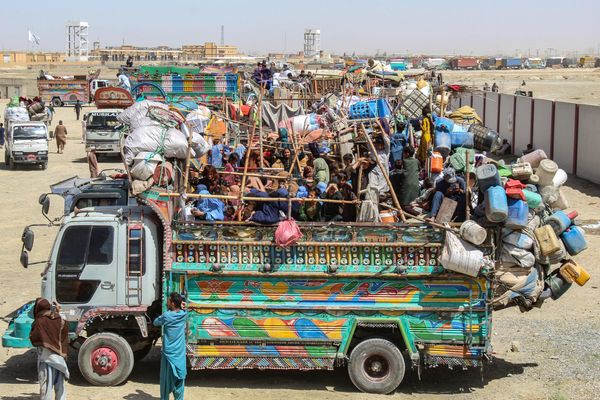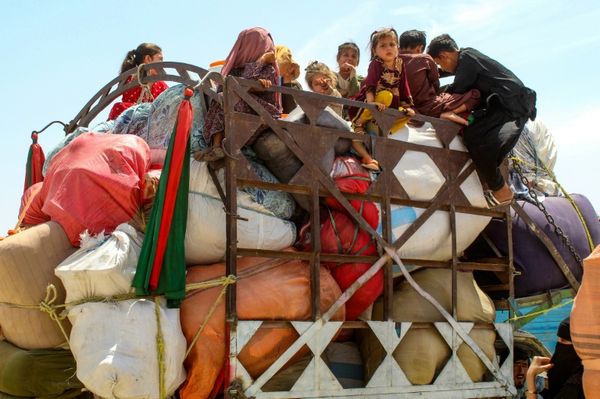
You still can’t buy an iPhone 16 in Indonesia—at least, not officially. Apple’s latest smartphone has been banned in Southeast Asia’s largest economy since September, when Jakarta claimed the iPhone maker failed to meet local investment regulations.
For months, Indonesia has kept up the pressure on Apple, dismissing the company’s promises of more investment as insufficient. In January, Apple pledged to invest $1 billion to make AirTags in Indonesia, only for the country’s industry ministry to deem the smart luggage tag as a mere accessory, and not a high-end component.
Apple’s market share in Indonesia is tiny at just 6.8%. And the U.S. company’s iPhones are likely too expensive for Indonesian shoppers, who often turn to cheaper phones from Chinese brands instead.
Indonesia has a GDP per capita at $4,980, suggesting that the majority of the population may struggle to easily afford the latest iPhone. (In comparison, GDP per capita in China, one of Apple’s most important non-U.S. markets, is 2.5 times larger at $12,970)
Yet as Apple’s traditional cash cow of China begins to dry up, emerging markets like Indonesia are quickly becoming a source of growth. And that gives Jakarta a strong hand to play.
“The sheer size of the Indonesian market does make it stand out as a key market for a lot of vendors, including Apple,” Kiranjeet Kaur, associate research director for Asia-Pacific at market intelligence firm IDC, says.
'Apple fanboys' in Southeast Asia's largest economy
Apple does not have an official store in Indonesia, instead relying on third-party partnerships. Yet analysts say that there are enough “Apple fanboys” in Southeast Asia’s largest economy to prop up demand.
Still, IDC data puts Apple in 7th place in Indonesia’s smartphone market, with just 6.8% of the market in 2024. (No. 1 is Transsion, a Chinese smartphone maker that makes budget products for emerging markets.)
But even a small percentage of Indonesia’s market translates to millions of phones. Apple shipped about 2.7 million phones in Indonesia, according to IDC; that makes the country Apple’s largest market in Southeast Asia, overtaking Thailand last year.
“There are enough people who can afford these premium products,” Kaur says. She adds that year-on-year growth in Indonesia is “staggering,” with iPhone shipments totalling just 0.3 million in 2016.
That year was also when Indonesia introduced a domestic component quota for electronic devices, including smartphones in a bid to boost investments and increase the technical expertise of the local manufacturing industry.
Apple has previously banked on its developer academies, which train locals to develop apps for the domestic markets, to meet the requirement for domestic components. Jakarta, too, accepted this arrangement—until the iPhone 16.
A report from Indonesia's state news agency Antara from January argued that Apple's developer academies have only offered education and training, and not include research and development.
Can Apple invest in Indonesia?
The iPhone maker is consulting suppliers about the possibility of setting up final iPhone assembly in Indonesia, Nikkei Asia reported last week citing unnamed sources.
One of Apple’s suppliers, the Taiwanese firm Pegatron, already has a facility in Batam, the largest city in Indonesia’s Riau Islands that’s about a 50-minute boat ride from the country of Singapore. Apple’s reported AirTag facility will also be in Batam.
Yet Apple and its suppliers have at times struggled to expand manufacturing to new countries. It took years for India’s factories to be able to make top-of-the-line iPhones for Apple, and plants struggled with relatively low yields and high defect rates compared to those in China.
Apple places “stringent requirements” on its suppliers, Kaur says. “If they’re manufacturing for some other brand, the products can’t share an assembly line,” she explains.
But the bet on a new supply chain might pay off. Despite a troubled start, Apple assembled $14 billion worth of iPhones in India in its 2023 fiscal year, or the twelve months ending March 2024. Apple suppliers are now planning to make AirPods in southern India, Bloomberg reported last year, making the wireless headphones the second Apple product to be made in the country.







